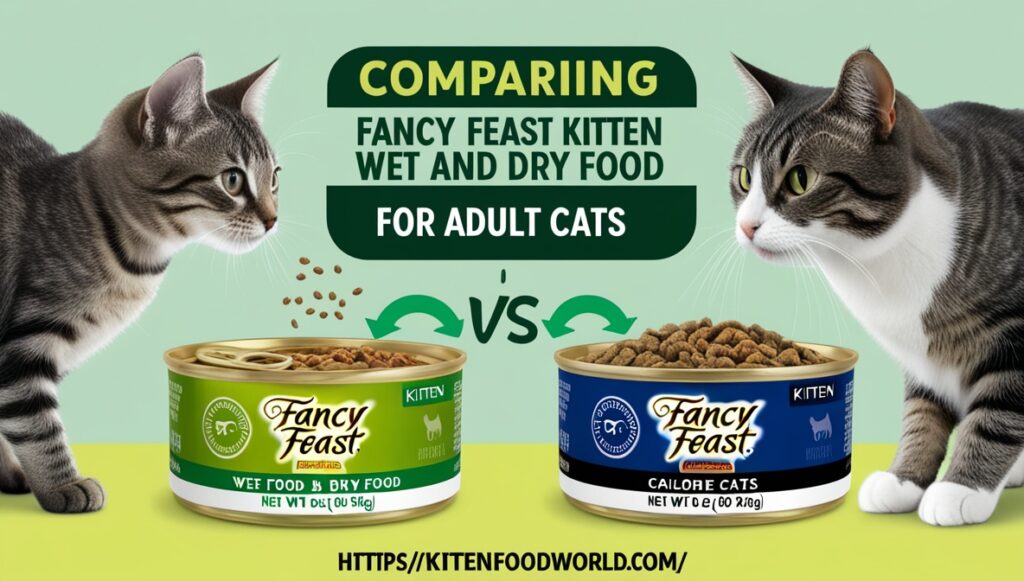
Welcoming a kitten into your home is an exciting journey, but it brings with it the important responsibility of providing proper nutrition. A balanced diet is crucial for your kitten’s growth, development, and overall health. This guide will explore the key components of kitten food, the various types available, and effective feeding strategies.
The Importance of Proper Nutrition
Kittens have specific dietary needs due to their rapid growth during the first year of life. Proper nutrition supports physical development, boosts the immune system, and lays the groundwork for a healthy future.
Key Nutritional Components
When selecting kitten food, consider these essential nutritional elements:
1. High Protein Content
Kittens require a protein-rich diet to maintain energy levels and support muscle growth. Look for high-quality animal proteins, such as chicken, turkey, or fish, as the primary ingredient.
2. Healthy Fats
Fats are vital for energy and contribute to healthy skin and a shiny coat. Foods rich in omega fatty acids, particularly Omega-3 and Omega-6, are especially beneficial.
3. Taurine
This essential amino acid is crucial for heart health and good vision. Ensure your kitten's food contains sufficient levels of taurine.
4. Vitamins and Minerals
A balanced kitten food should provide essential vitamins (A, D, E, and B vitamins) and minerals (like calcium and phosphorus) necessary for strong bones and overall health.
5. Hydration
Wet food can add necessary moisture to your kitten's diet, which is important for hydration. Combining dry and wet food can help ensure balanced nutrition.
Types of Kitten Food
1. Dry Food (Kibble)
Dry food is convenient and can help reduce dental tartar. Choose high-quality brands specifically formulated for kittens.
2. Wet Food (Canned)
Wet food is often more appealing to kittens and provides extra moisture, making it a great option for hydration and for picky eaters.
3. Raw or Freeze-Dried Food
Some owners prefer raw or freeze-dried diets, which can be nutritious but require careful handling to ensure safety and proper nutrition.
Feeding Guidelines
1. Meal Frequency
Kittens should be fed several small meals throughout the day. For those under six months, aim for three to four meals daily, gradually reducing as they grow.
2. Portion Control
Follow the feeding recommendations on the packaging, but keep in mind that individual kittens may have different needs. Monitor your kitten’s weight and adjust portions accordingly.
3. Transitioning Foods
When changing your kitten’s food, do so gradually over about a week to avoid digestive upset. Mix increasing amounts of the new food with the old food.
4. Fresh Water
Always provide fresh, clean water. Proper hydration is crucial for your kitten’s health, especially if they primarily consume dry food.
Conclusion
Selecting the right food for your kitten is essential for their health and happiness. By focusing on high-quality ingredients, addressing specific nutritional needs, and following appropriate feeding practices, you can help your kitten thrive. For personalized advice, consult your veterinarian to ensure your furry friend gets the best start in life. With the right nutrition, your kitten will grow into a healthy and vibrant adult cat.